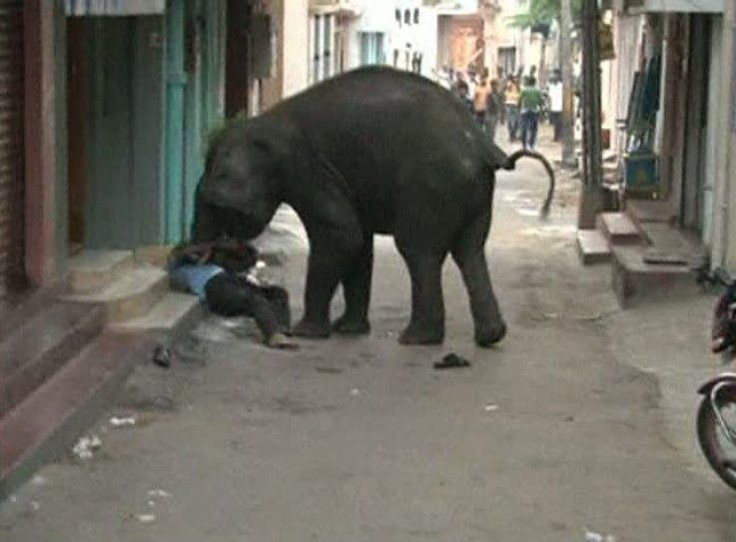India's Iconic Elephants Are Vanishing

Elephants, a revered ancient symbol of India, are gradually disappearing from the sub-continent, threatened by a shrinking habitat and increased contact with an ever-rising human population.
In the eastern state of Orissa, almost three-hundred of the wild majestic beasts have died in the past five years alone, according to the forest and environment minister. Tellingly, they did not die of starvation -- rather, many of them were accidentally electrocuted, that is, by hanging electrical wires in the rapidly industrializing state.
Other elephants were killed by poachers seeking their valuable tusks, while others were run over by trains or poisoned by farmers who are weary of pachyderms ruining their crops.
"The government has set up a joint committee to monitor elephant deaths," Orissa's Forest and Environment Secretary RK Sharma said.
In the southern city of Bangalore, activists are outraged by the presence of illegal electrical fencing in forest areas that has led to many elephant deaths. The local judiciary sympathizes with them.
“Nowhere in the world are elephants worshipped as they are in India, and here we see the largest casualty of these animals," said Chief Justice Vikramjit Sen, according to the Times of India.
The Bangalore court recommended that the local forest department regulate how much voltage farmers and others use in electrical fencing.
BBC reported that there are now only 26,000 wild elephants across India -- once, there were hundreds of thousands. Since the 1960s, the natural habitat for Asian elephants has declined by 70 percent, according to Indian media.
The 17th-century Moghul Emperor Jehangir reportedly owned captive elephants himself.
“Elephants killed by being electrocuted, poached or [hit by trains] ... has not only been a concern of wildlife lovers and activists, but it also is an indication of growing conflict between man and the jumbo animal in the wild," an Orissa-based writer, Basudev Mahapatra, wrote in a recent column.
“What it indicates is that the mammoth animal is in great danger in the wild, as well as the human habitats in the periphery. It’s not the elephants only, but many human beings have also been victims of the growing man-animal conflict.
“The conflict between man and the elephants is prominent in places where development activities have encroached into the forests that are parts of the elephant corridor. There is also poaching activities not only in the elephant dwellings but even in national parks and reserves.”
"An India without elephants is simply unimaginable,” EleAid, an elephant conservation group, commented.
© Copyright IBTimes 2024. All rights reserved.











